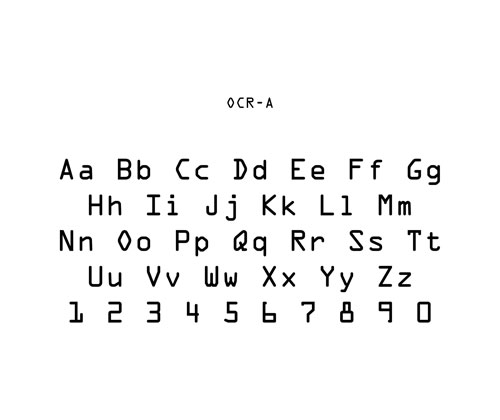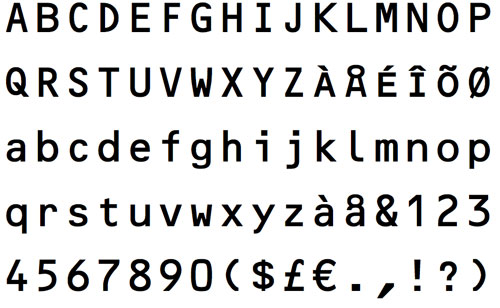I’ve been scouring the internet for 60’s typographic information that I may or may not use. At the moment I’m going to keep my options open, the only thing I’m absolutely certain about is my feature segment which will be totally psychedelic.
Here are some things I found that may be on my information panel and that I think played an important part in 60’s Typography.
Typesetting/Typographic technology
Letraset
Letraset dry rub-down instant lettering are sheets of film that rub off with the end of a pencil to create lettering and were introduced in 1961. Letraset had a wide range of typefaces, incorporating classic and contemporary type from that period in time. With each design available in a wide range of type weights and sizes. It was an affordable solution for amateur and professional designers. The Letraset technique was also applied to a children’s game called Action Transfers in 1964. Action Transfers were figures of people, animals, vehicles, weapons, explosions and so on, which were applied to a cardboard background using the end of a pencil.

Source: http://www.bbc.com/news/blogs-magazine-monitor-24107202 https://en.wikipedia.org/wiki/Letraset https://en.wikipedia.org/wiki/Action_Transfers
ICOGRADA
ICOGRADA stands for International Council of Graphic Design Associations and is now known as ico-D which stands for the International Council Of Design, was founded in 1963 by Peter Kneebone and Willy de Majo in London. ICOGRADA was created to promoted the role of graphic design in society and commerce and was made up of voluntary groups of 70 independent associations from 45 countries. ICOGRADA seeks to raise the standards of design, professional practice, ethics and raise the professional status of the graphic designer. It contributes to the theory, practice and research of design education.
Source: http://www.ico-d.org/about/history#legacy https://archiveshub.jisc.ac.uk/search/archives/f978edf6-d638-32c3-9172-1a2f06543696
IBM Selectric Typewriter
Launching in 1961, the Selectric typewriter was an overnight hit. A golf-ball-shaped type head replaced the conventional typewriter’s basket of type bars which eliminated pain of rapid typing and jammed type bars. The golf-ball type head was interchangeable which enabled the quick change to different fonts. The Selectric Typewriter paved the way for the use of typewriter keyboards as the primary method for people to interact with computers.


Source: http://www-03.ibm.com/ibm/history/ibm100/us/en/icons/selectric/
Phototypesetting
Phototypesetting is the process of printing text via photographic methods onto photosensitive paper. In the early 1960’s the Cathode Ray Tube Machines were the next improvement in typesetting methods. Similar to a television picture tube, an image of each character was created on a screen of a cathode ray tube (or CRT) which was then projected through a lens where it would form a character of the appropriate size on light-sensitive paper or film.

Source: http://www.dsource.in/course/digital-typography-1/phototypesetting http://www.historyreference.org/library/reftype.html






























































